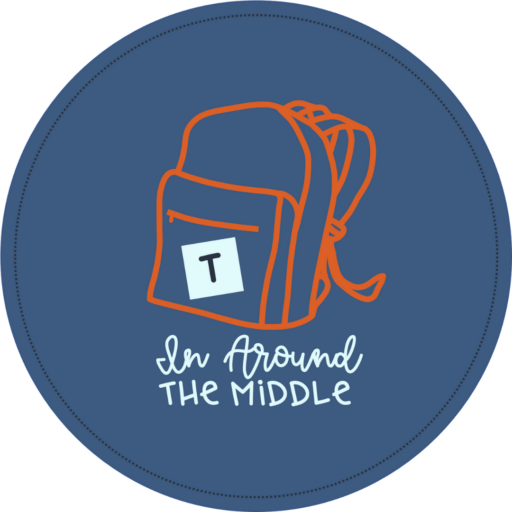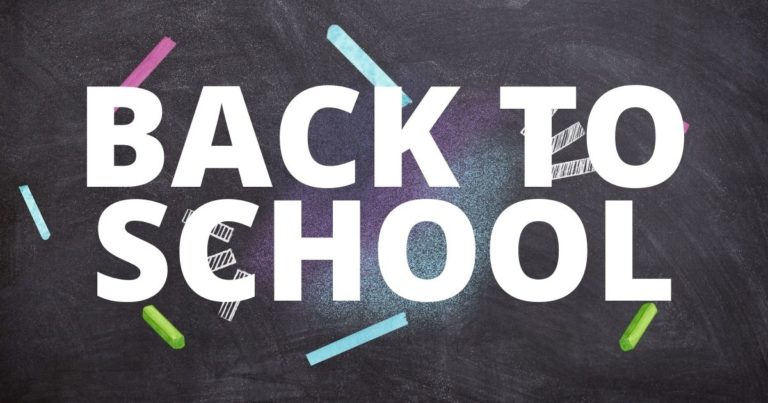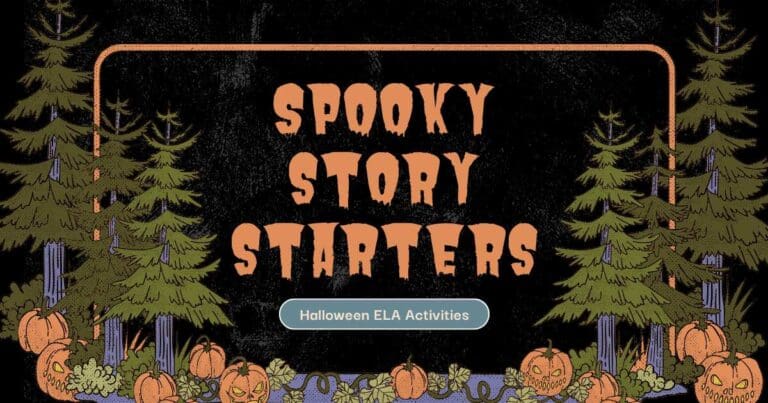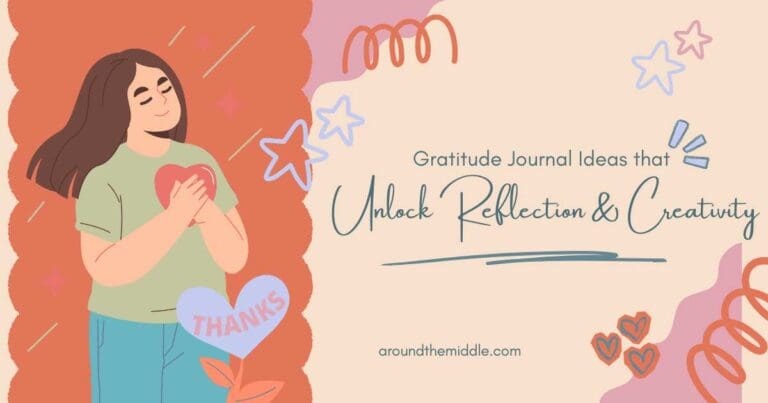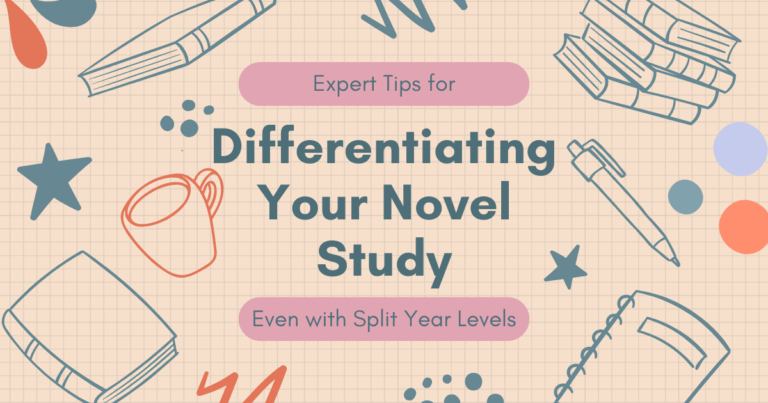Gamified Learning During Holidays: Creative Pathways to Calm and Focus

The holidays bring excitement, anticipation, and… if we’re being honest, a fair amount of chaos in the classroom. Students are buzzing with energy, attention spans shorten, and normal routines don’t always hold up. Instead of fighting that energy, the smartest approach is to channel it. One of the most effective ways to do this is through gamified learning during holidays—purposeful, playful activities that keep kids moving, thinking, and collaborating.
In this post, I’ll share why behavior becomes more challenging at this time of year, and how gamification, movement, and collaboration can transform holiday chaos into meaningful learning. (And if you haven’t yet, check out my earlier post on Gamified Learning in the Classroom for the big-picture benefits of bringing game-based structures into teaching.)
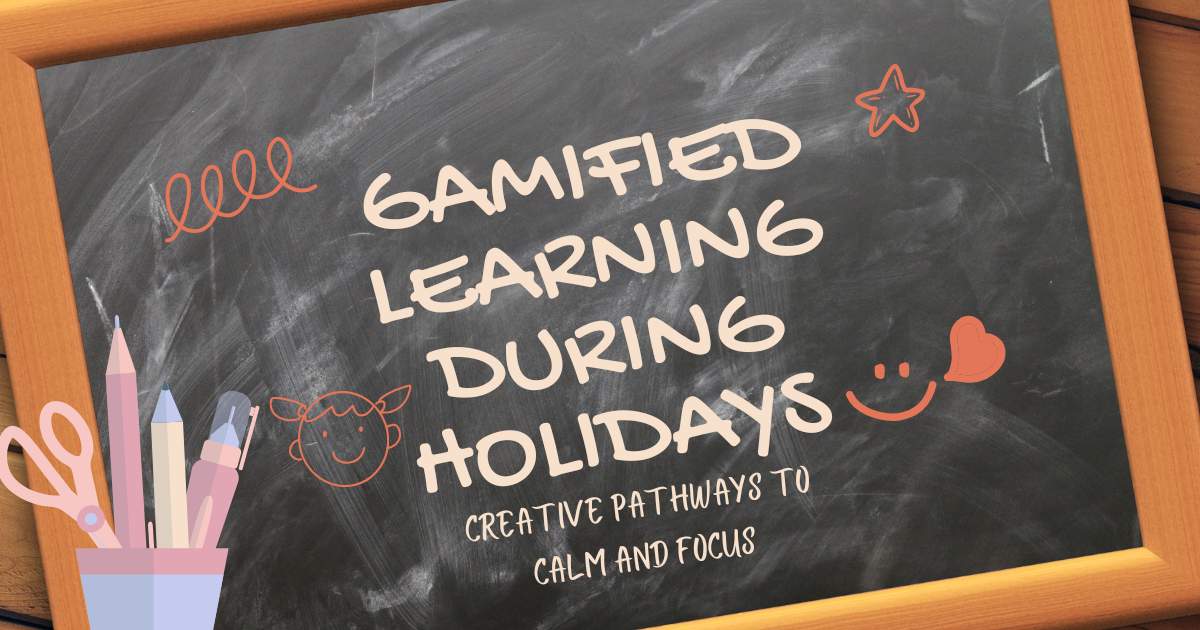
Why Holiday Energy Becomes a Challenge
Around Halloween, Thanksgiving, and the lead-up to winter break, classrooms are anything but predictable. Students are tired, distracted, and focused on what’s coming outside of school. Teachers feel that pressure too. It’s a recipe for behavior flare-ups and disengagement.
What doesn’t work? Trying to fight it with more seatwork. Students need outlets for their energy that don’t derail the learning process. The trick is to lean into their excitement while still holding a purposeful structure.
Movement + Collaboration: Scavenger Hunts in Gamified Learning
One of the best ways to channel excess energy is with a scavenger hunt. Sending students around the school gets them out of their seats, moving with purpose, and working as a team.

These hunts naturally build productive struggle—students won’t solve every clue right away, but they’ll learn persistence, communication, and critical thinking along the way. Instead of frustration, they experience the satisfaction of overcoming challenges together.
There are different types of scavenger hunts you can look at creating. I’ve created Around the School Scavenger Hunts that combine movement and teamwork with problem-solving challenges that feel fresh but manageable in a busy season. If you want to create your own, what I do is create riddles for them to solve that lead them to their next location and so on and finish off with a mystery word to unscramble. These are a lot of fun and really promote teamwork and productive struggle.
Gamified Learning to Sustain Focus
When students return from a scavenger hunt, keep the momentum going. This doesn’t have to be an entire unit of complex puzzles—it can be small bursts of challenge that hold attention. Mini-escape rooms, team competitions, or “beat-the-clock” figurative language challenges give students the sense that they’re playing, while you know they’re still practicing essential literacy skills.
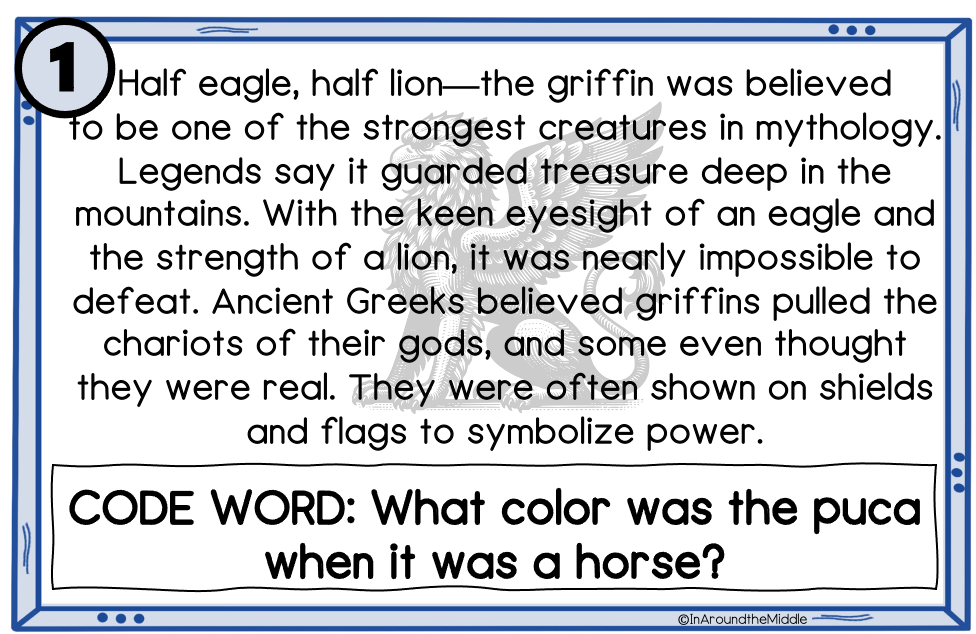
I use both pre-reading and Figurative Language Scavenger Hunts with my students for a more learning based scavenger hunt and more of an escape room style for review questions. I put the task/reading cards around the room and students record their answers and solve for a mystery word and 4-digit code. These make for a educationally based way to gamify their learning. They bring the thrill of discovery into something as simple as identifying similes, metaphors, and idioms, discovering background information about their next novel, or do some review work.
Balancing Energy With Calm Engagement
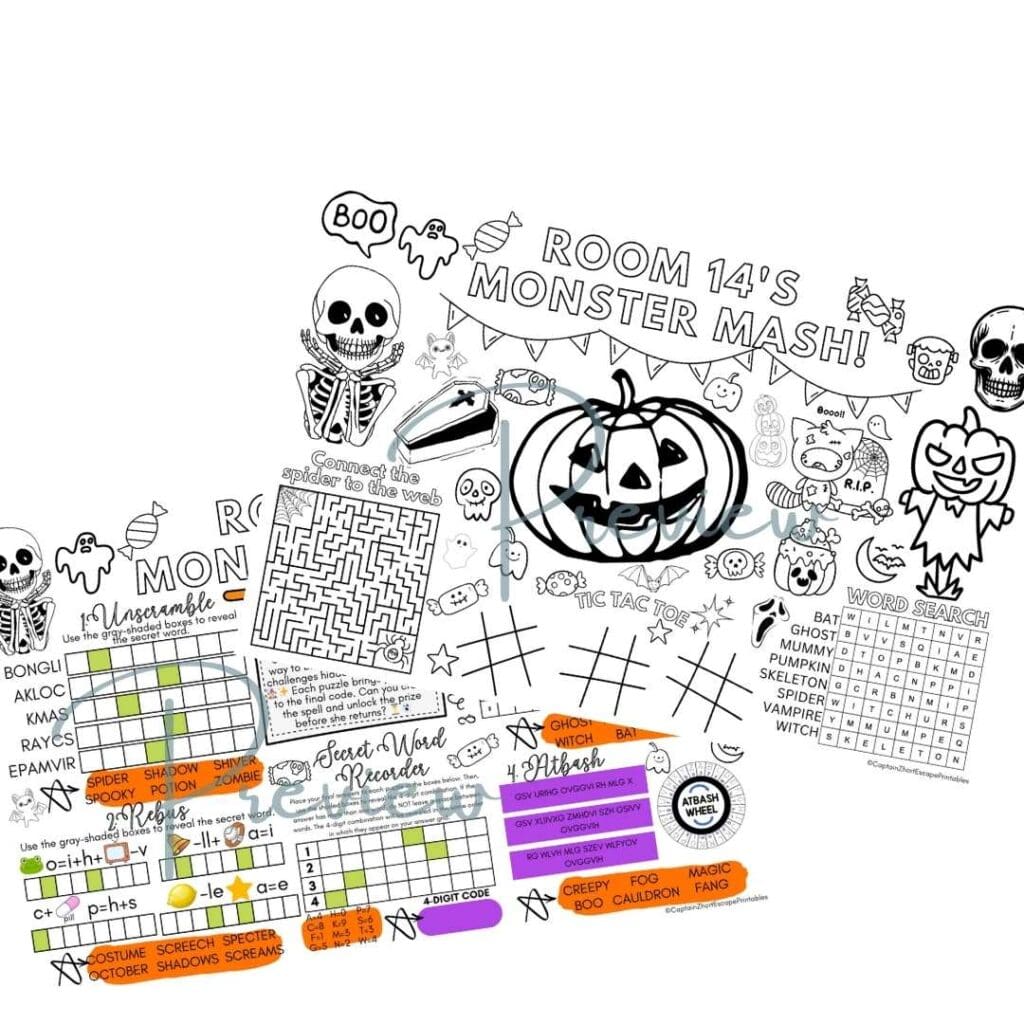
High-energy activities are powerful, but students also need time to transition back into calmer states. This is where activity mats or mini-escapes shine. They’re structured, engaging, but naturally slower paced—helping students regulate without losing focus. Think of them as the “landing pad” after a scavenger hunt or group game.
Activity Mats are designed for these moments, giving students creative but focused tasks that help them reset before moving on.
Final Thoughts
Holidays don’t have to mean losing control of your classroom. By leaning into gamified learning during holidays, you can channel excitement into something productive, collaborative, and memorable. Don’t forget to grab your productive struggle-freebie as well.
But engagement is only half the equation. The other half is making sure your classroom culture and norms don’t unravel as routines get looser. That’s where we’ll head in Part 2: Holiday Classroom Management Strategies—how to reset norms and re-center your class when holiday energy runs high.
Happy teaching!
